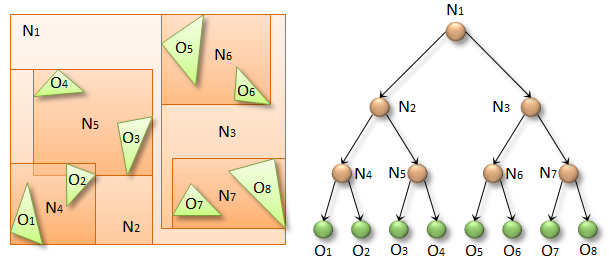rnlval
Member
RDNA 1 and RDNA 2 CUs have GCN's Wave64 instruction set backward compatibility. PS5's 36 CU has strict hardware backward compatibility with PS4 Pro's 36 CU and PS4's 18 CU.Possibly.
Although, PS5-architecture is completely different from PS4 Pro, if I'm not mistaken.
PS4 Pro was nothing but an extra GPU and a bit of extra RAM.
I'm just wondering if these dev kits are actual PS5 Pro devkits, or something in the works for next-gen.
RDNA 3 CU has GCN's Wave64 instruction set backward compatibility but dual issue mode is only for Wave32 instruction set. RDNA 3 CU's dual-issue mode is effectively 128 stream processors.
Last edited:
















